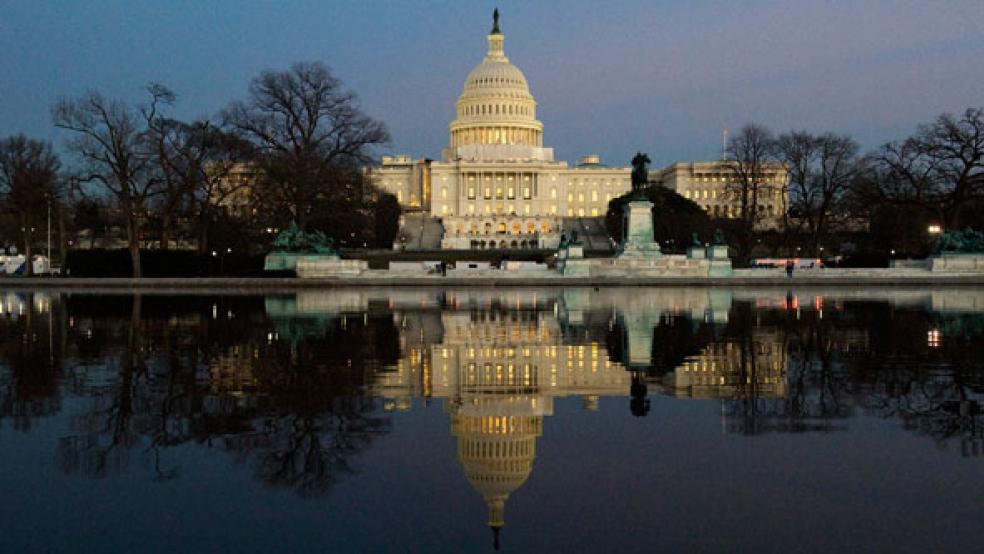The Congressional Budget Office warned earlier this month that the U.S. will start running $1 trillion deficits in 2020, and that the national debt will be nearly as large as the economy in a decade. A new report from the Tax Policy Center says that that as grim as those projections from the CBO may be, they may understate the case.
TPC’s William Gale and Aaron Krupkin argue that in several instances, the CBO’s economic and political assumptions are overly optimistic, and that more realistic scenarios produce even larger deficit projections. A more negative outlook emerges once the authors make adjustments for:
* Recession risk: The CBO assumes the economy will be at full employment on average for the next 10 years. A more realistic outlook would include the likelihood of a recession at some point, which would significantly reduce federal revenues and increase expenses, producing a larger deficit.
* ‘Temporary’ tax cuts: The CBO assumes that the temporary individual tax cuts will be allowed to expire after 2025, but there’s a good chance that Congress will extend them, largely for political reasons. If lawmakers do extend the cuts, the debt-to-GDP ratio will reach 106.5 percent in 2028, well above the CBO’s current projection of 96 percent.
* The long term: The CBO analysis stops at 2028, but the fiscal outlook gets worse beyond the 10-year window. As the deficits grow larger, the spending cuts required to bring them back to the current level relative to GDP grow larger as well. “The longer policy makers wait to institute changes, the larger those adjustments would have to be to hit a given debt target in a given year,” the authors write. “Moreover, over a longer horizon, the required annual adjustments are much larger, because the projected fiscal trajectory under current policy continues to deteriorate.”




